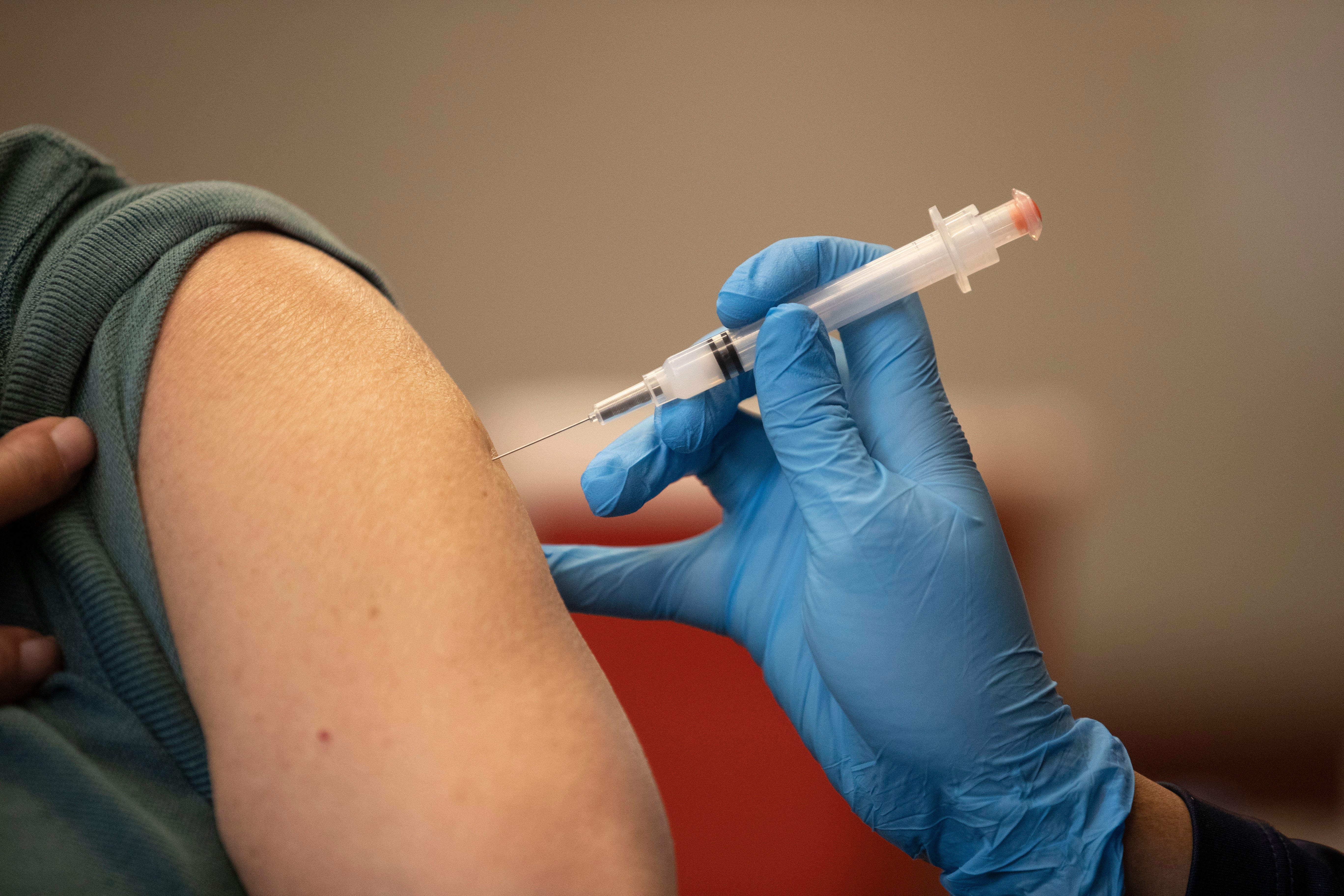Scientists from the University of California in the United States (USA) have unveiled a new strategy for an RNA-based vaccine that is effective against any strain of a virus and safe even for babies and those with weakened immune systems.
The vaccine, how it works and a demonstration of its effectiveness in mice are described in an article published this Monday in the scientific journal Proceedings of the National Academy of Sciences, says a statement from the University of California - Riverside (UCR).

"What I want to highlight about this vaccine strategy is that it is broad (...) applicable to any number of viruses, (...) effective against any variant of a virus and safe for a broad spectrum of people. This could be the universal vaccine we've been looking for," said Rong Hai, UCR virologist and author of the article, quoted in the press release.
Every year, researchers try to predict the four strains of the flu virus most likely to prevail in the next flu season and the updated vaccine must be taken annually. The same has happened with vaccines against SARS-CoV-2, the coronavirus that causes Covid-19, which have been reformulated to target subvariants of the dominant strains in circulation.
By targeting a part of the viral genome that is common to all strains of a virus, the new strategy will eliminate the need to create different vaccines.
"Traditionally, vaccines contain a live, killed or modified version of a virus. The body's immune system recognizes a protein in the virus and organizes an immune response," producing "T cells that attack the virus and prevent it from spreading" and "memory B cells that train the immune system" to prevent future attacks.
The vaccine now revealed "uses a modified live version of a virus", but "does not depend" on this immune response - so it can be taken by babies with an incipient immune system or by immunocompromised people - but rather by small RNA molecules that silence the genes that cause the disease.
"A host - a person, a mouse, whoever is infected - will produce small interfering RNAs as an immune response to the viral infection. These RNAi then kill the virus," explained Shouwei Ding, professor of microbiology at UCR and lead author of the article, quoted in the press release.
Since viruses cause disease because they produce proteins that block the host's RNAi response, creating a mutant virus that cannot produce the protein to suppress RNAi weakens the virus.
"It can replicate to a certain extent, but then loses the battle to the host's RNAi response," Ding said, adding: "A virus weakened in this way can be used as a vaccine to strengthen our RNAi immune system."
The new strategy was tested on mutant mice, lacking T and B cells, and it was found that with an injection of vaccine the mice were protected from a lethal dose of the unmodified virus for at least 90 days (some studies show that nine days in mice is roughly equivalent to one human year). Even newborn mice produce small RNAi molecules, so the vaccine also protected them.
UC Riverside has already obtained a US patent for this RNAi vaccine technology and the researchers' next step is to create a flu vaccine to protect children."If we succeed, the children will no longer depend on their mothers' antibodies," said Ding.
The scientists also say that the chance of a virus mutating to avoid this vaccination strategy is small. "Viruses can mutate in areas not targeted by traditional vaccines. However, in this case, the target of the thousands of small RNAs is their entire genome. They can't escape," said Hai.
With a "cut and paste" strategy, the researchers also believe they can make a unique vaccine for any type of virus. "There are several well-known human pathogens, such as dengue and SARS. They all have similar viral functions," so the new strategy "should be suitable for these viruses," said Ding.




